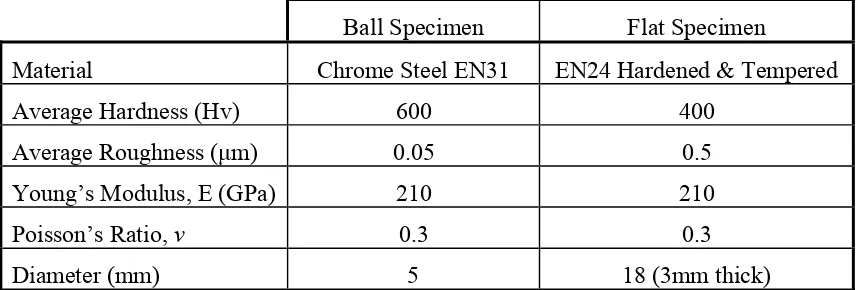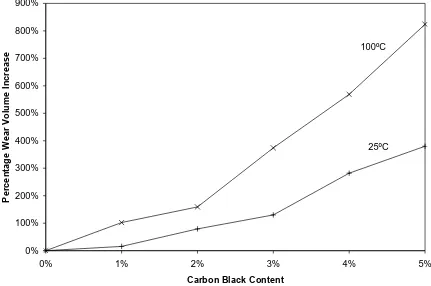Wear effects and mechanisms of soot-contaminated automotive lubricants
Full text
Figure
![Figure 1. A reproduction of 4D55T/C Engine Wear Data [4] Showing Relative Component Wear Levels](https://thumb-us.123doks.com/thumbv2/123dok_us/8084740.229790/4.595.86.502.76.377/figure-reproduction-engine-wear-showing-relative-component-levels.webp)



Related documents
When the relations between the concepts in this cut point are considered, the concept of laicism and nationalism words Parliament and the judiciary; secularism, republicanism
In this framework, the study employs several methods such as ethnographic mapping, historical timeline, census data table comparisons and statistical modelling using
The National School of Government will be an important enabler to the implementation of human resource development/training policy in the Public Service through the provision
Conversely, 43.7% of all respondents who misused prescription drugs met criteria for alcohol dependence, problem gambling, and (or) had used illicit drugs in the past year..
In this paper we examined the effects of the global downturn on innovative firms and on young firms in order to understand the growth prospects
If maternal mental health were to be integrated in PHC, detection, referral and treatment processes would likely need to be tailored to maternal services and adapted across
In another study 385 of the 386 women who underwent medical termination of pregnancy between 12 and 24 weeks of gestation (i.e., 200 mg of mifepristone orally followed 36 to 48
Effect of methanol-FFA mole ratio on the esterification of free fatty acids present in jatropha oil was studied using constant 1% methane sulphonic acid concentration at 60°C for





